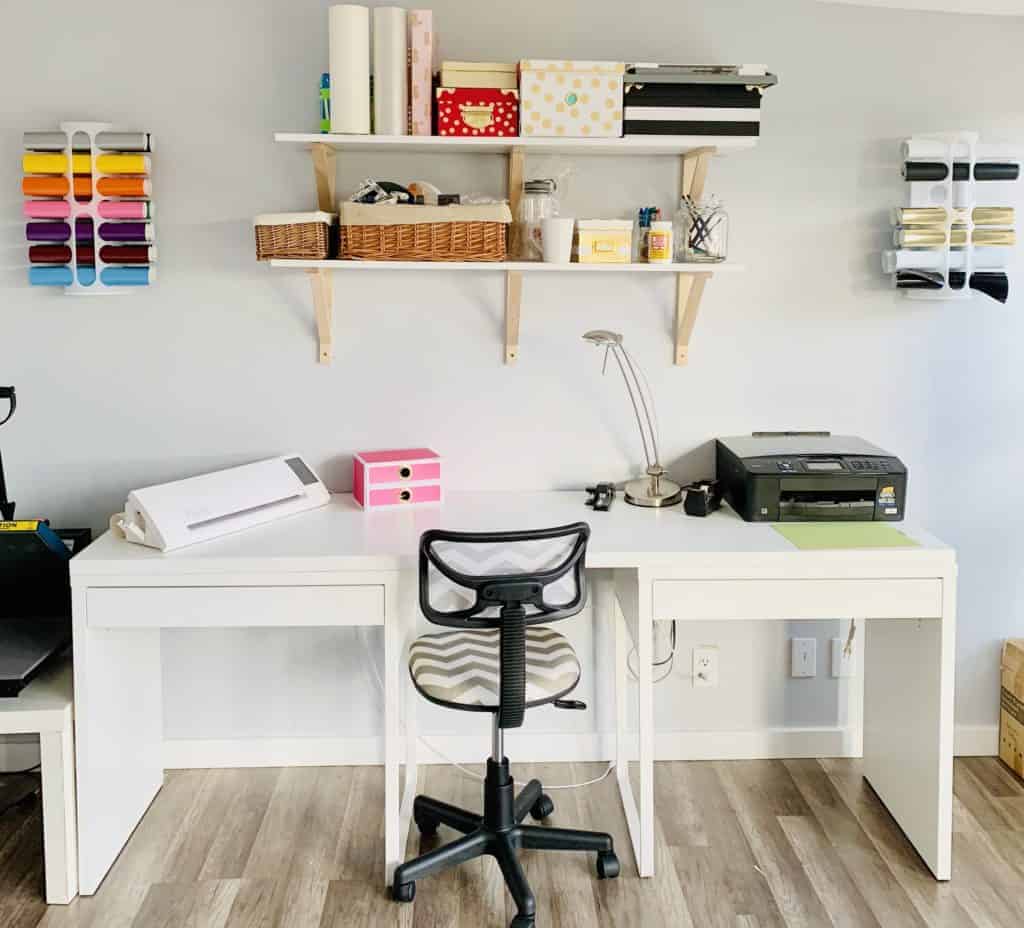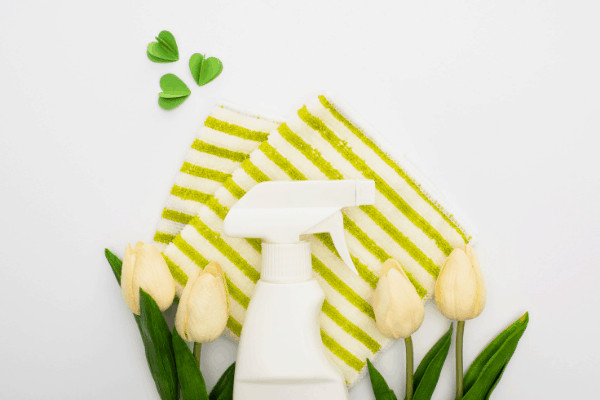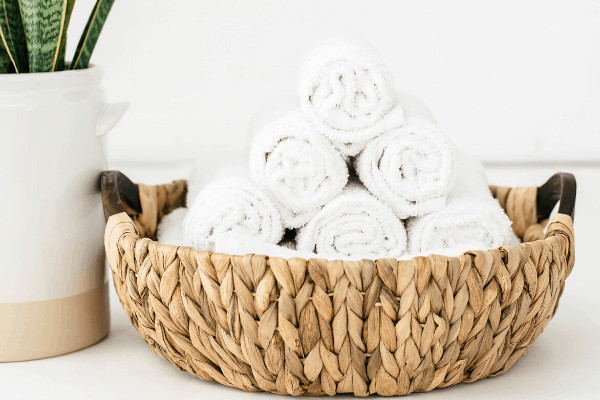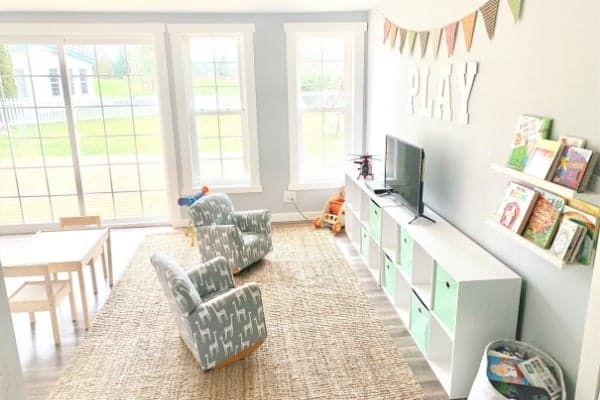Custom kitchen cabinets offer a broad range of benefits, from optimal space utilization to unique design elements tailored to your personal needs. With bespoke cabinetry, homeowners can maximize storage options and ensure that every inch of their kitchen is useful and aesthetically pleasing. For those wondering are custom kitchen cabinets worth the price, these benefits often outweigh the costs in the long run.
Beyond storage and design flexibility, custom kitchen cabinets also offer enhanced durability and quality. Unlike stock cabinets, custom options are built to last, often using superior materials and craftsmanship. This means fewer repairs and replacements over the years, adding long-term value to your investment. Furthermore, the customization process allows homeowners to incorporate personalized features such as pull-out shelves, spice racks, and unique drawer configurations, making everyday tasks more efficient and enjoyable.
Choosing the Right Materials
One of the critical decisions in customizing kitchen cabinets is selecting the right materials. Hardwood, plywood, and MDF are popular choices, each offering different levels of durability and finish. According to Better Homes & Gardens, hardwood is favored for its longevity and classic appeal, while MDF provides a cost-effective alternative without compromising on smooth finishes.
Hardwoods like oak, maple, and cherry give an elegant and timeless look, suitable for traditional and modern designs alike. Plywood is another robust option, often used in constructing cabinet boxes for its strength and resistance to warping. MDF, or medium-density fiberboard, is a cheaper option that still offers a smooth surface that is ideal for painting. It’s crucial to take durability and aesthetics into account when selecting materials to make sure the finished item complements the style and practical requirements of your kitchen.
The type of finish applied to the cabinets also plays a significant role in their overall appearance and durability. You can choose from options like paint, stain, lacquer, or even a distressed finish to give your cabinets a unique look that complements your kitchen’s décor. Moreover, hardware choices such as hinges, knobs, and handles can further enhance the design, providing both functionality and a decorative touch.
Current Design Trends
The world of kitchen cabinet design is ever-evolving. Currently, minimalist designs with clean lines and hidden handles are trending. Mixed-material finishes and two-tone cabinets—where the upper and lower cabinets have distinct colors—are also becoming more and more common. For a more modern touch, consider incorporating glass inserts or open shelving.
Matte finishes are another trend gaining traction. They offer a sleek, sophisticated look that stands out from traditional glossy finishes. Color-wise, deep blues, greens, and even black are being favored over traditional whites and wood tones. Incorporating various materials such as glass, metal, and wood can give your kitchen’s design richness and texture. Additionally, integrating smart technology, such as touch-activated doors and LED lighting, can enhance both the functionality and aesthetic of your kitchen cabinetry.
Additionally, open shelving is gaining popularity among homeowners who want to make their kitchens feel larger and more spacious. This style makes it simple to get kitchen necessities and gives ornamental pieces like plates and glassware a place of honor. However, it’s essential to balance open shelving with traditional cabinets to maintain adequate storage and avoid a cluttered appearance.
Cost Versus Value
Investing in custom kitchen cabinets can be costly upfront, but it often pays off in the long run. Custom cabinets typically boost the resale value of your home and enhance your daily living experience. According to a Remodeling Magazine study, kitchen remodels, especially those featuring custom cabinetry, have a strong return on investment.
While the initial cost can be high, considering factors like improved functionality, increased durability, and better aesthetics can make custom cabinets worth the price. Additionally, custom cabinets allow you to utilize every inch of space effectively, reducing clutter and improving organization in your kitchen. This tailored approach not only enhances the overall look of your kitchen but also makes it more user-friendly and enjoyable to work in.
Another aspect to consider is the longevity of custom cabinets. Well-constructed custom cabinetry, made from high-quality materials, will likely last longer than mass-produced stock cabinets, resulting in fewer replacements and repairs over time. This durability translates to long-term cost savings and ensures that your kitchen retains its functionality and attractiveness for years to come.
The Installation Process
The installation of custom kitchen cabinets involves several steps. Initially, precise measurements are taken to ensure a perfect fit. This is followed by the construction phase, where the cabinets are built to your specifications. Finally, professional installers fit the cabinets into your kitchen, making sure they align seamlessly with your layout.
The process might also include a consultation with a designer to discuss styles, finishes, and hardware options. It’s crucial to choose experienced professionals to ensure the installation process goes smoothly and the final product meets your expectations. A well-orchestrated installation ensures that the cabinets’ functionality and aesthetic appeal are maximized.
During the installation phase, it’s important to consider potential disruptions to your daily routine. Installing custom cabinets can take several days or even weeks, depending on the project’s complexity and size. Preparing for this process by setting up a temporary kitchen space and planning meals in advance can help minimize inconvenience and ensure a smoother transition to your newly renovated kitchen.
Maintenance Tips
Proper maintenance of your custom kitchen cabinets is crucial to keeping them looking new. Regular cleaning with non-abrasive detergents, promptly addressing spills and periodic polishing can extend the life of your cabinetry. Avoiding excessive moisture and controlling the indoor climate can also prevent warping and other damage.
Hinges and drawer slides may need occasional adjustments to ensure they remain functional. It’s also advisable to inspect the cabinetry regularly for signs of wear or damage and address issues promptly to avoid costly repairs later. Regularly checking and tightening hardware can prevent loose handles or knobs, maintaining both safety and appearance.
For more extensive care, consider scheduling periodic professional maintenance services. Experts can provide deep cleaning, touch-ups, and other specialized care that might be challenging to tackle on your own. Additionally, they can offer tailored advice and solutions based on the specific materials and finishes used in your custom cabinets.





